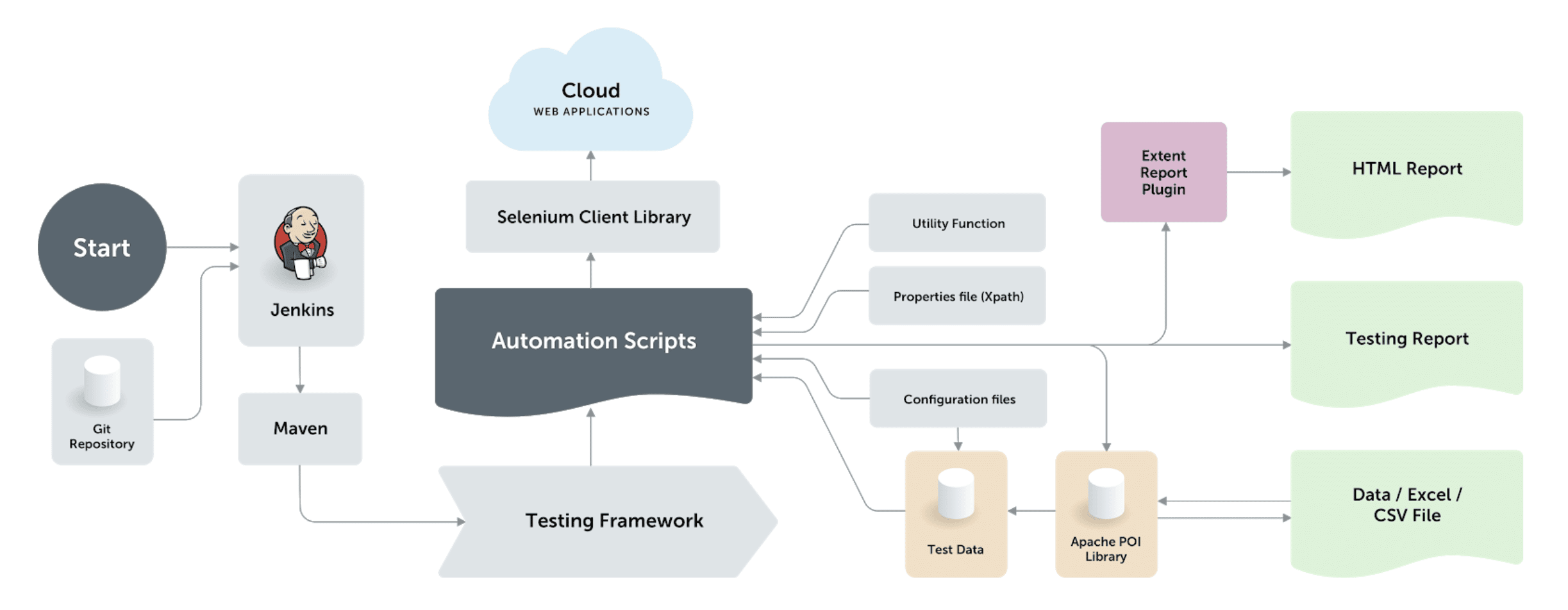QA and Automated Testing
Reliable and Efficient QA
With the proliferation of devices and the enormous diversity of platforms and operating systems, having a clear QA strategy is an essential component of product launch and maintenance. Our proven process usually begins with functional QA and then evolves into automated testing as the needs of the product become solidified and more complex.
Functional QA
This phase of QA is based on our agile process and the requirements defined within Jira. Our QA analysts will determine the requirements and expected behavior and begin browser and device testing of the core functionality. As the user journeys are solidified and become more complex, we then move to an automated testing framework.
Making a Business Case for Automated Testing
Functional QA is a starting ground for any product launch, but as a product becomes more complex, automated testing is essential for an efficient QA strategy.
Some key considerations include:
- Manually repeating tests is costly and time consuming. Automated testing is cheaper over time.
- Technical debt grows as testing lags. It creates an expensive and expanding problem.
- Having a software emergency can be extremely costly to a business.
Benefits of Automated Testing
When testing automation is added to a project there is a decrease in testing costs and resources, testing cycles, time-to-market, technology risk, and the number of defects when systems change and functionality is added.
We also see an increase in the following areas:
- Reliability of testing
- Quality and depth of testing
- Operational efficiency
- Time for other productive work (roadmap)
- Identify gaps in customer experience
- Documentation of test cases and schedule
- Easily repeatable after test scripts have been written
How does it work?
The test automation process includes 8 steps to ensure all bugs are logged and resolved.
- Identifying the software to be tested
- Selecting automation toolset
- Writing the test scripts
- Developing the test scripts
- Executing the test scripts
- Generating the result/report
- Identifying the bugs or performance defects
- Bug Fixing
Valtira’s Automated Testing Framework






